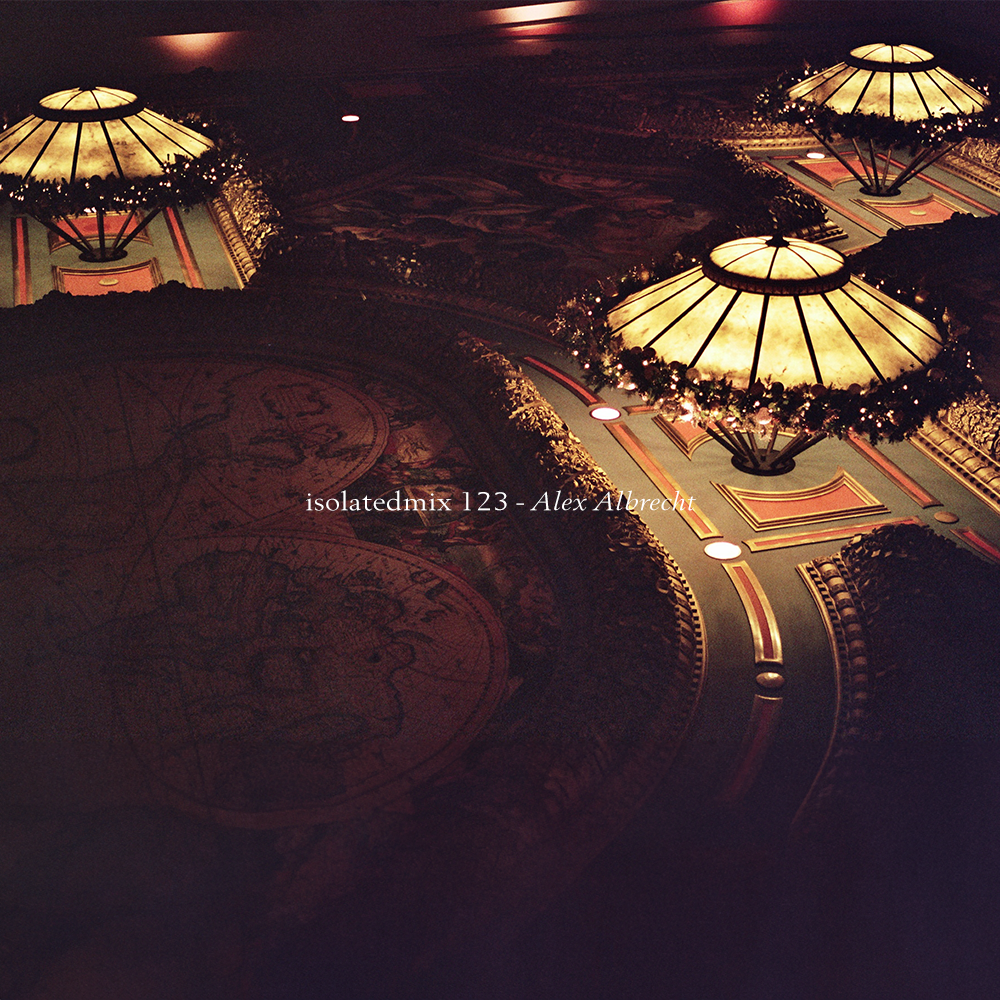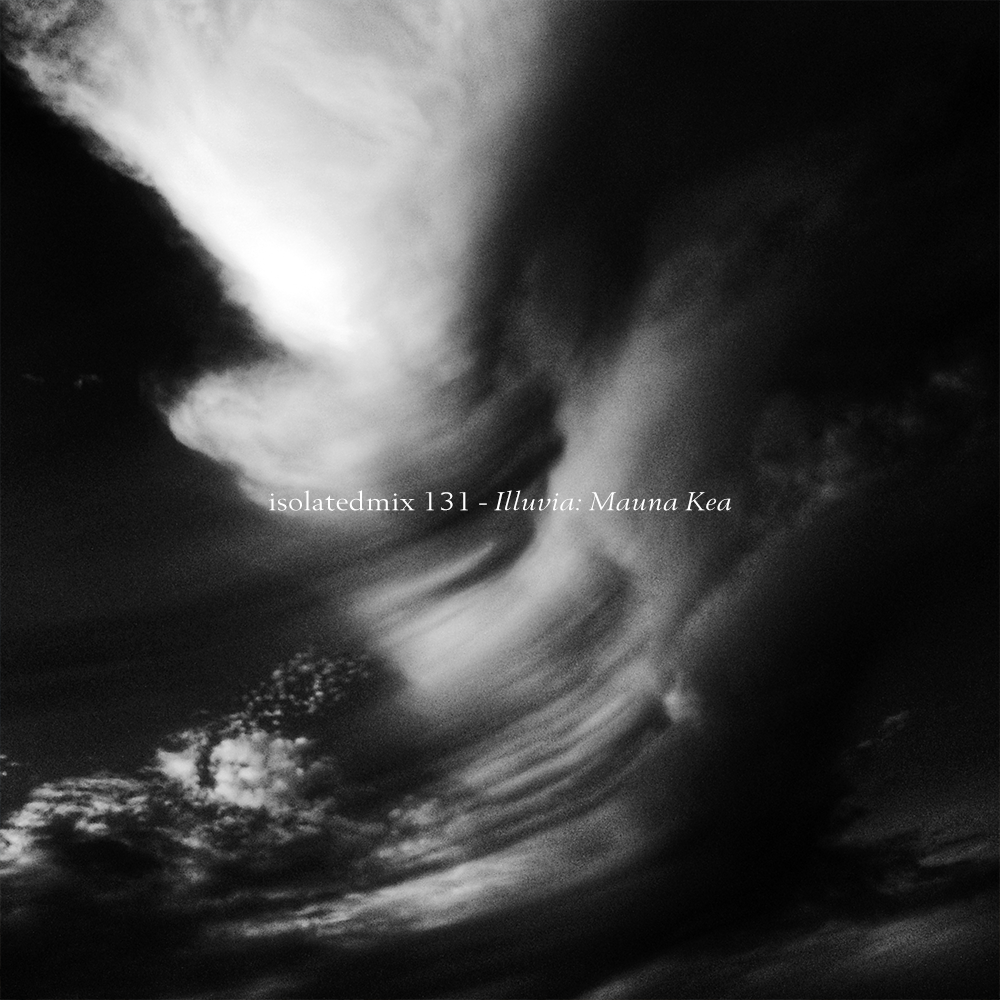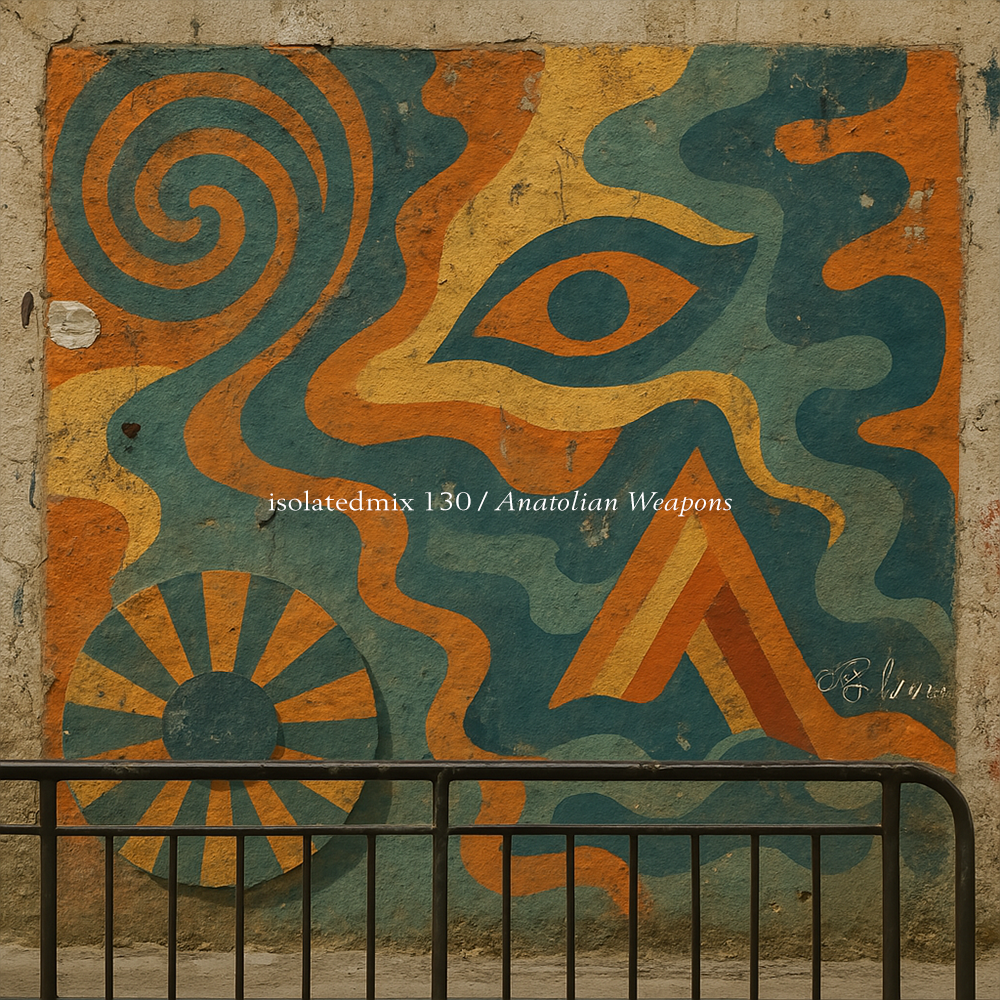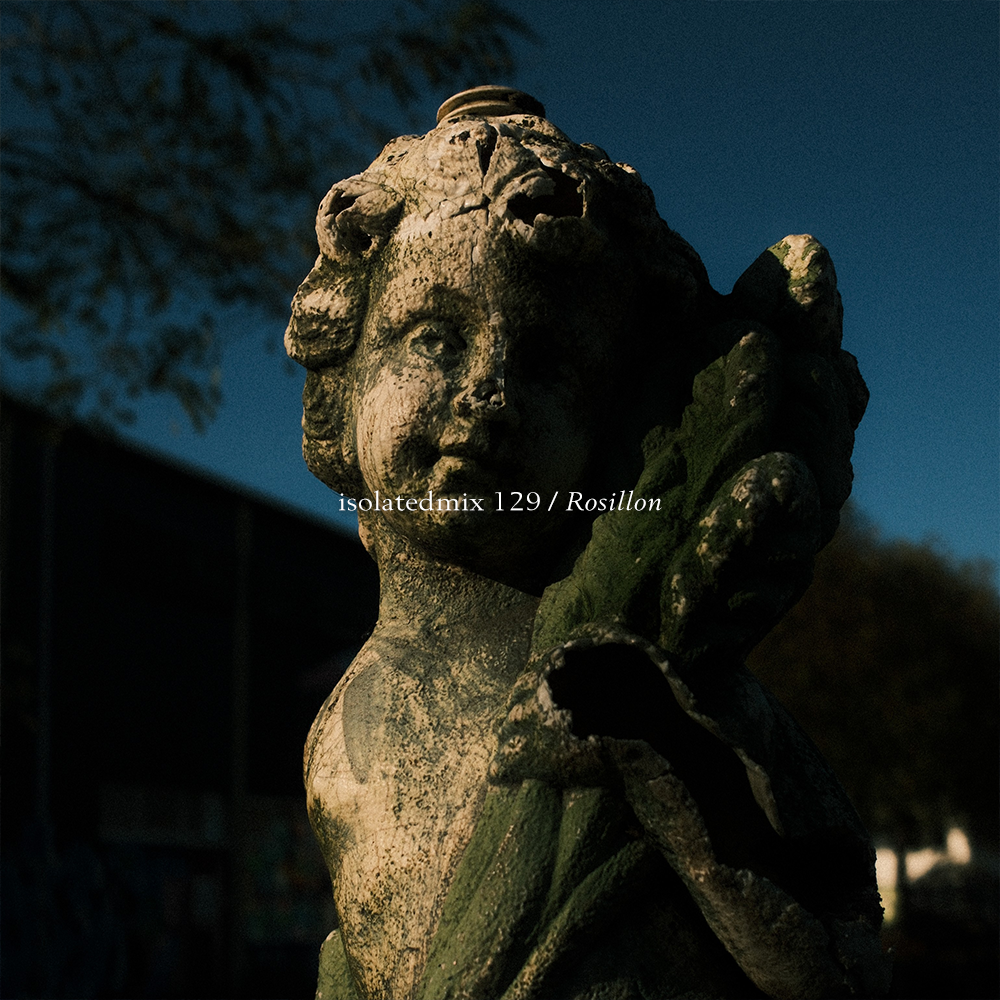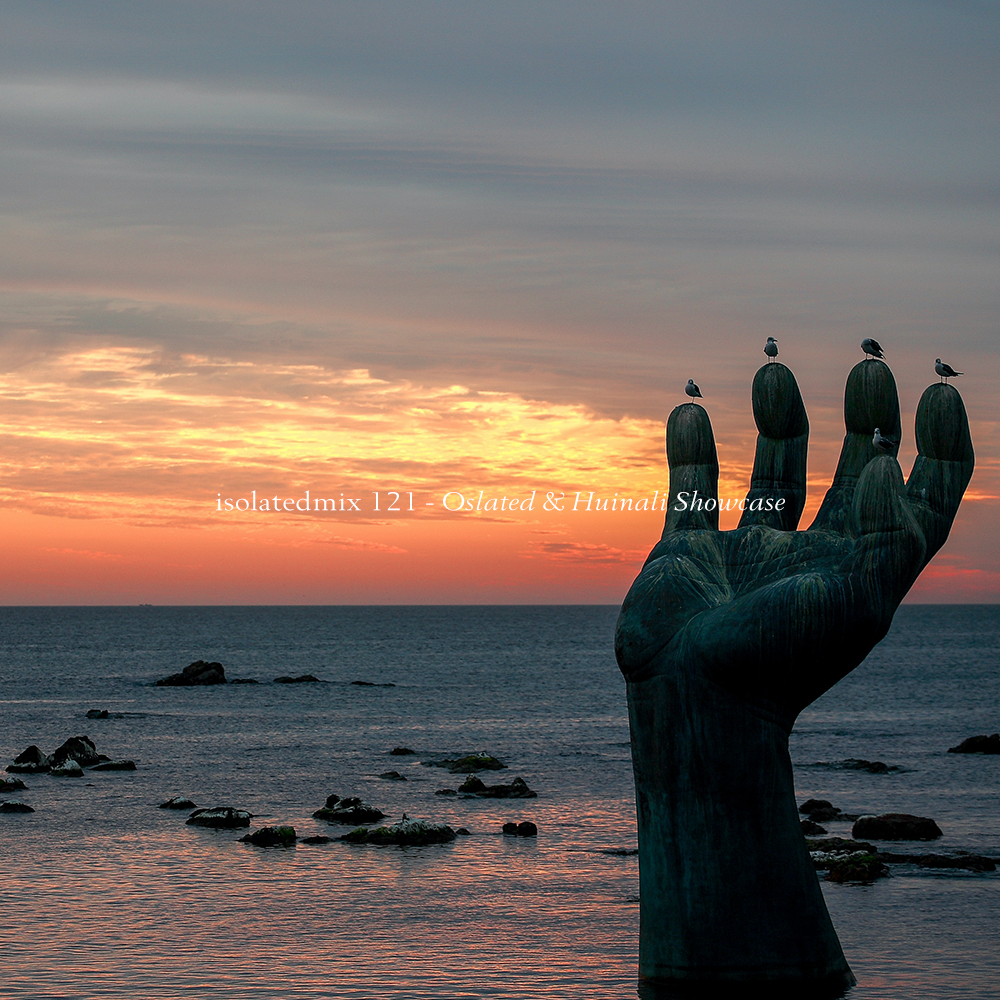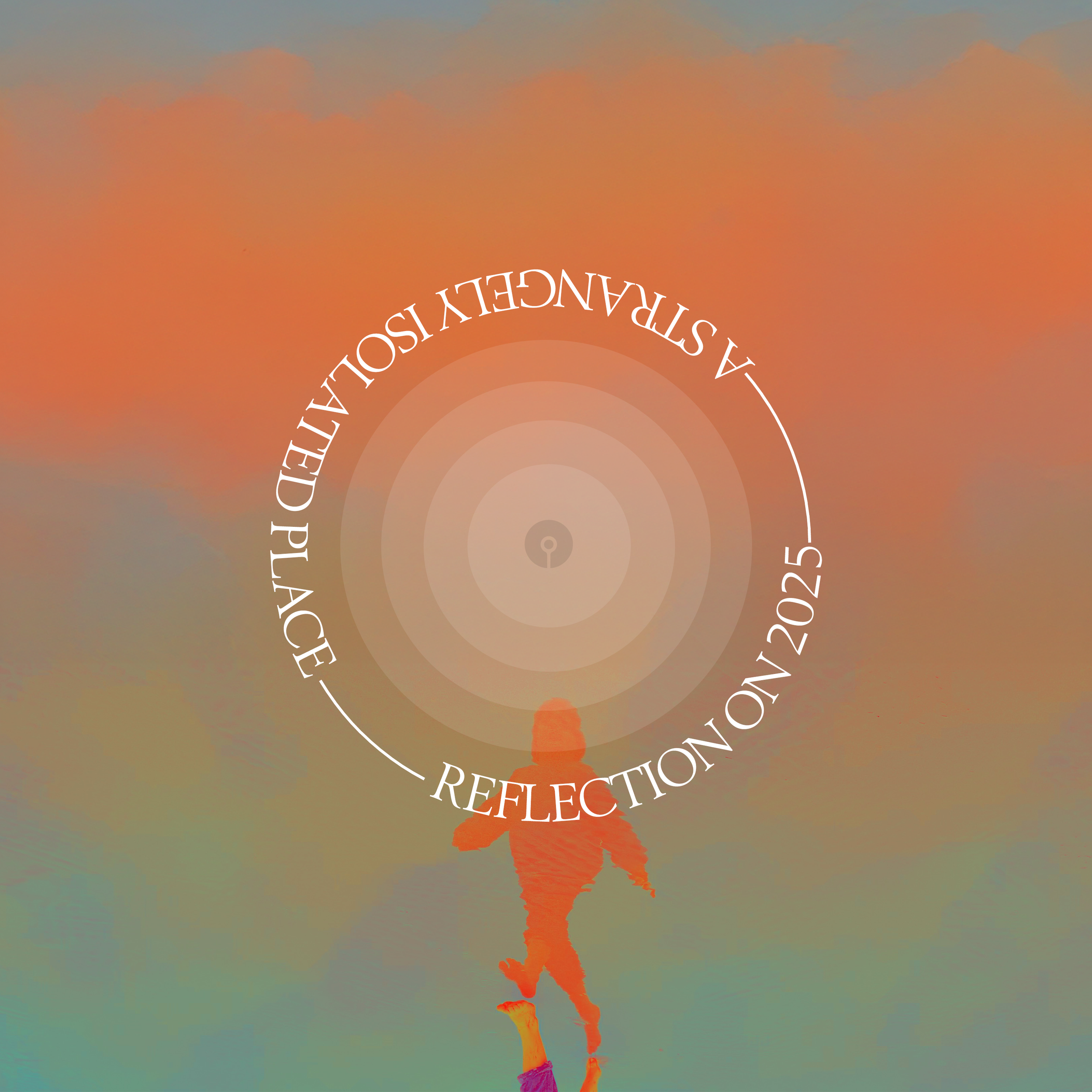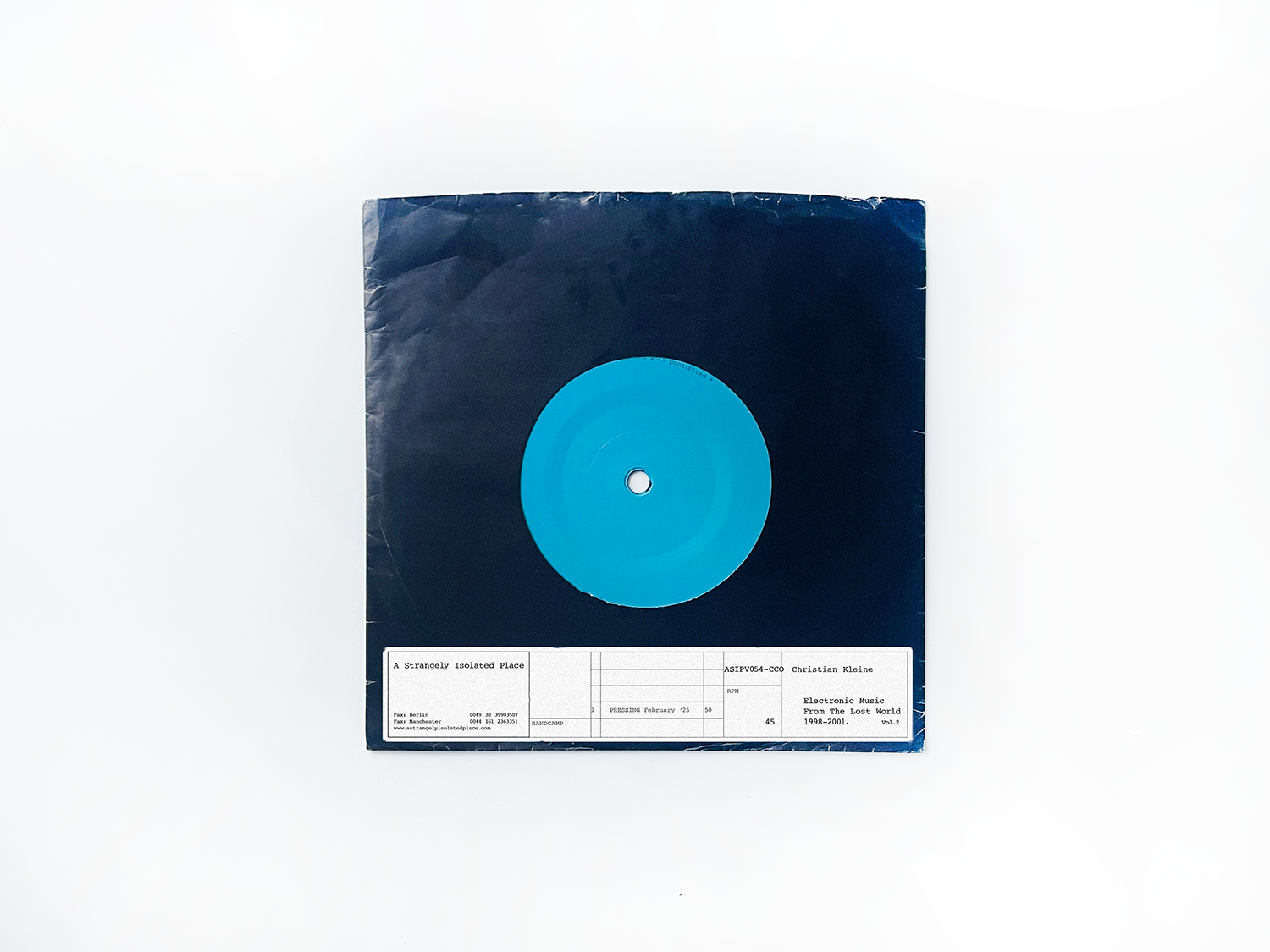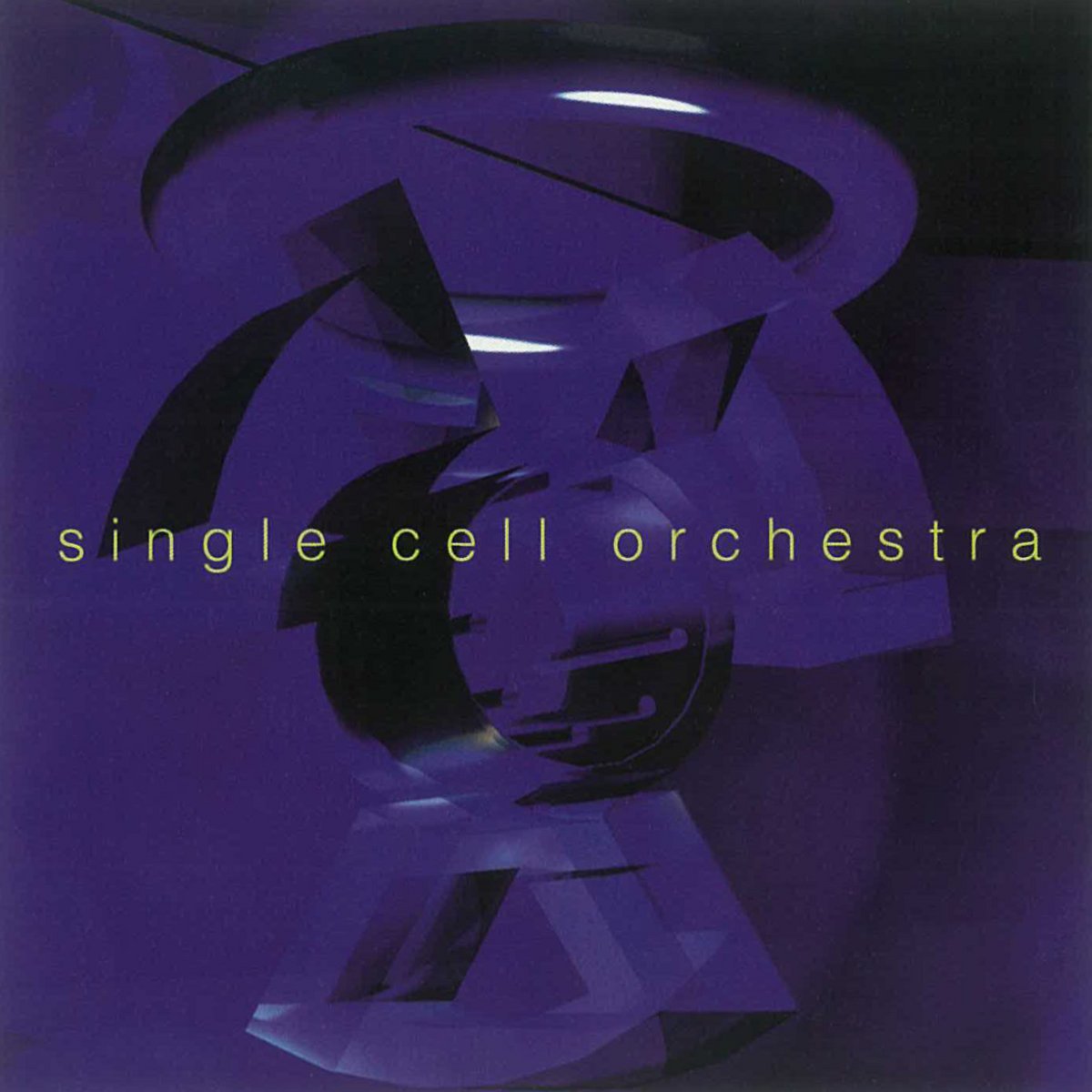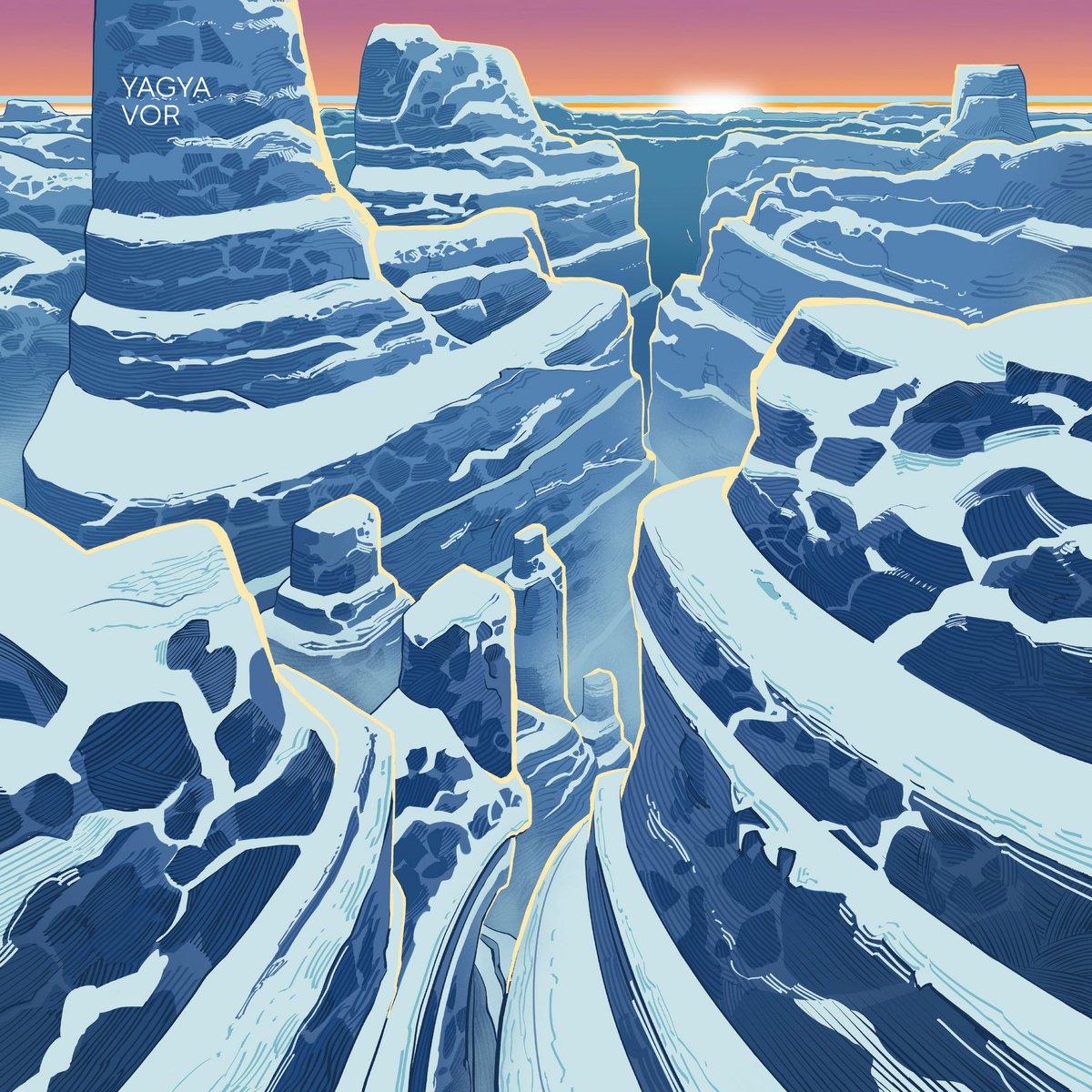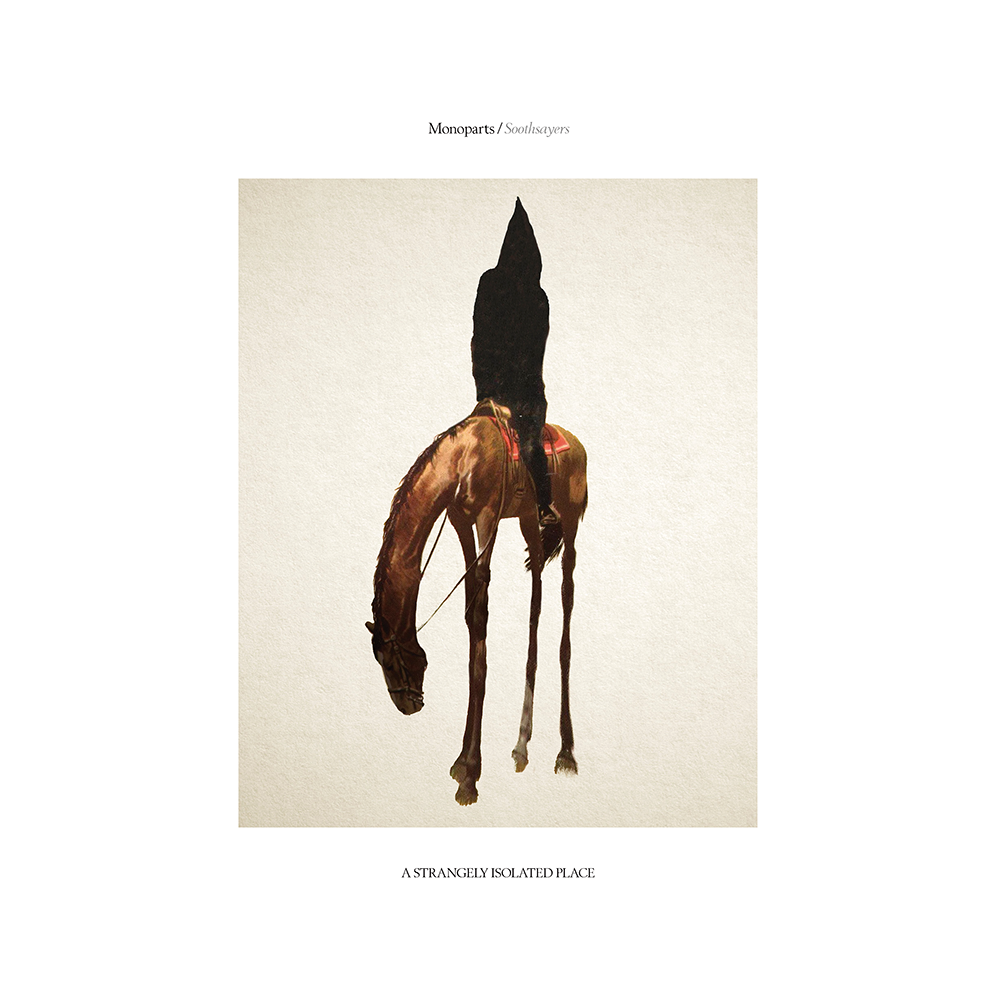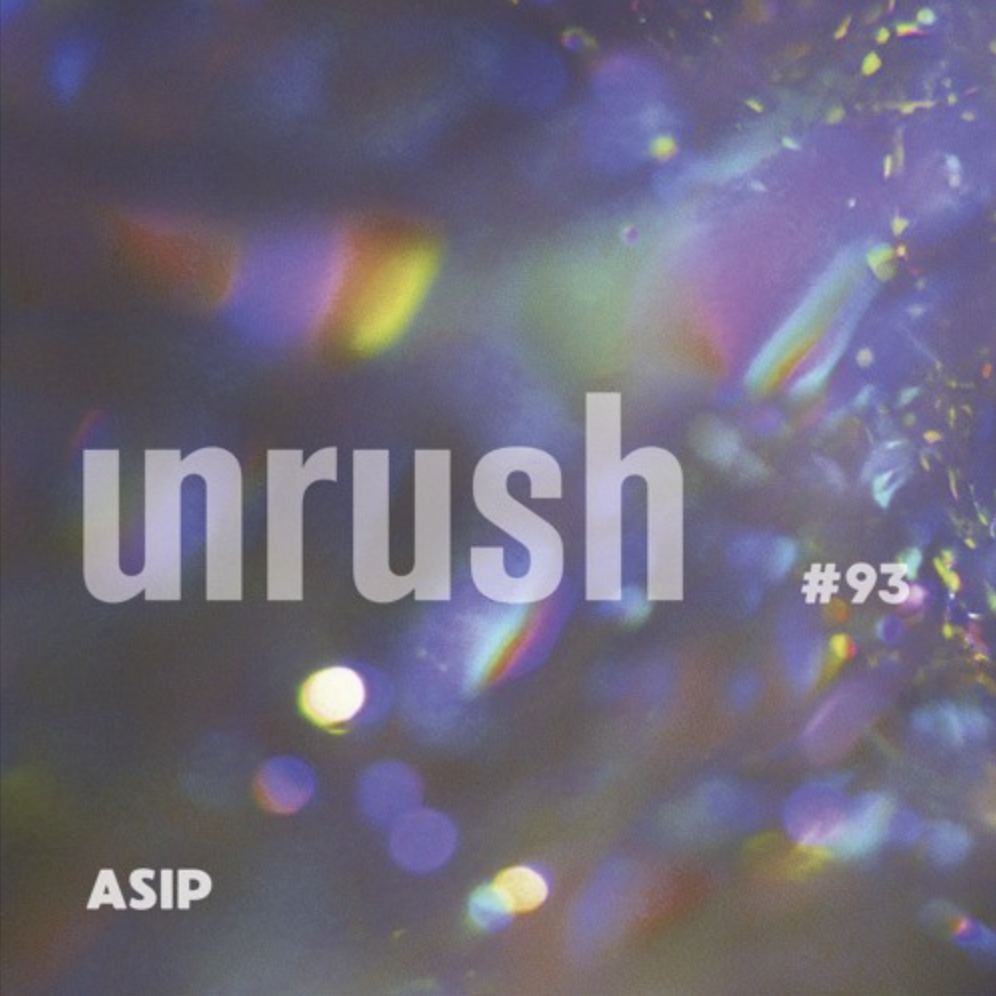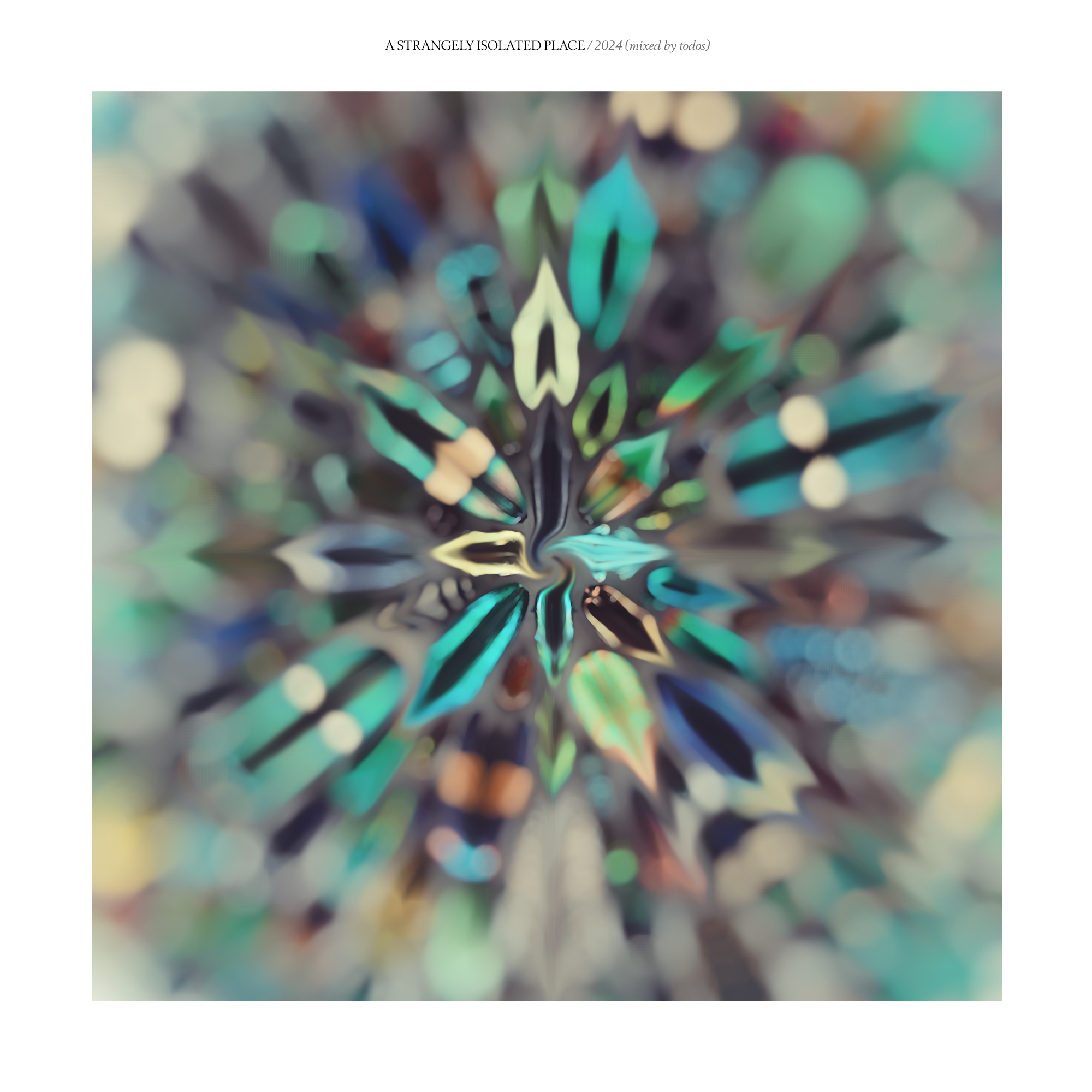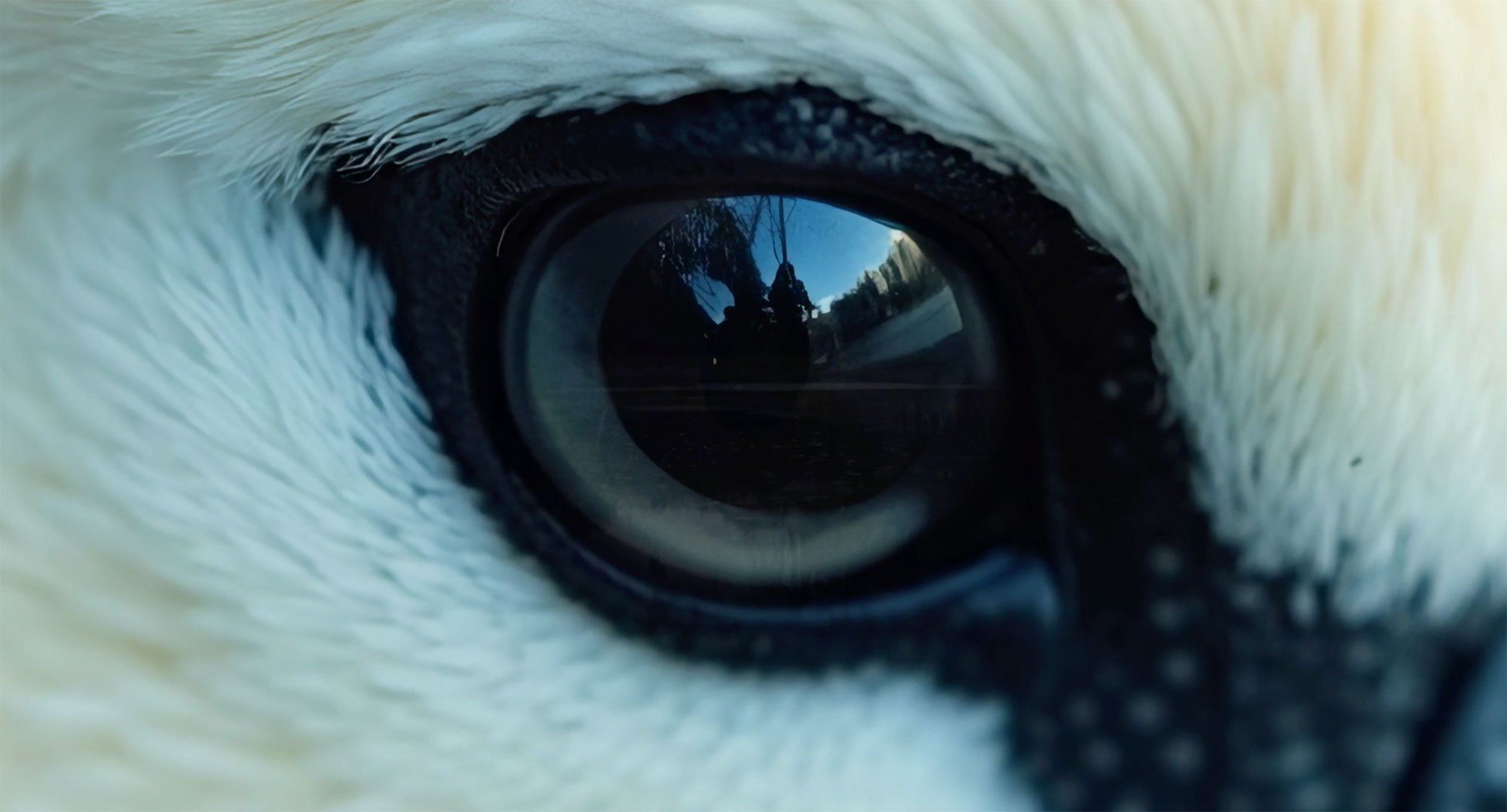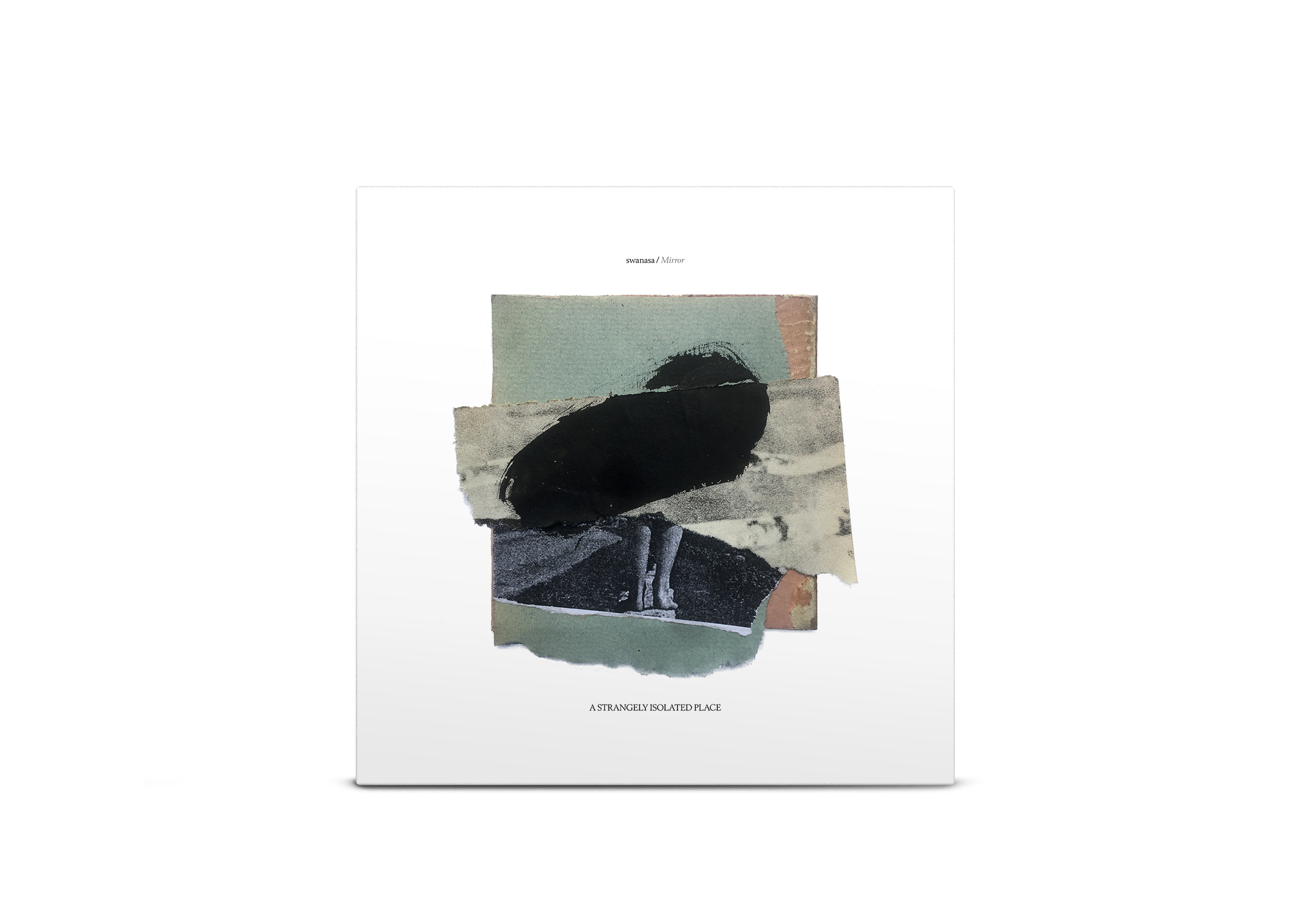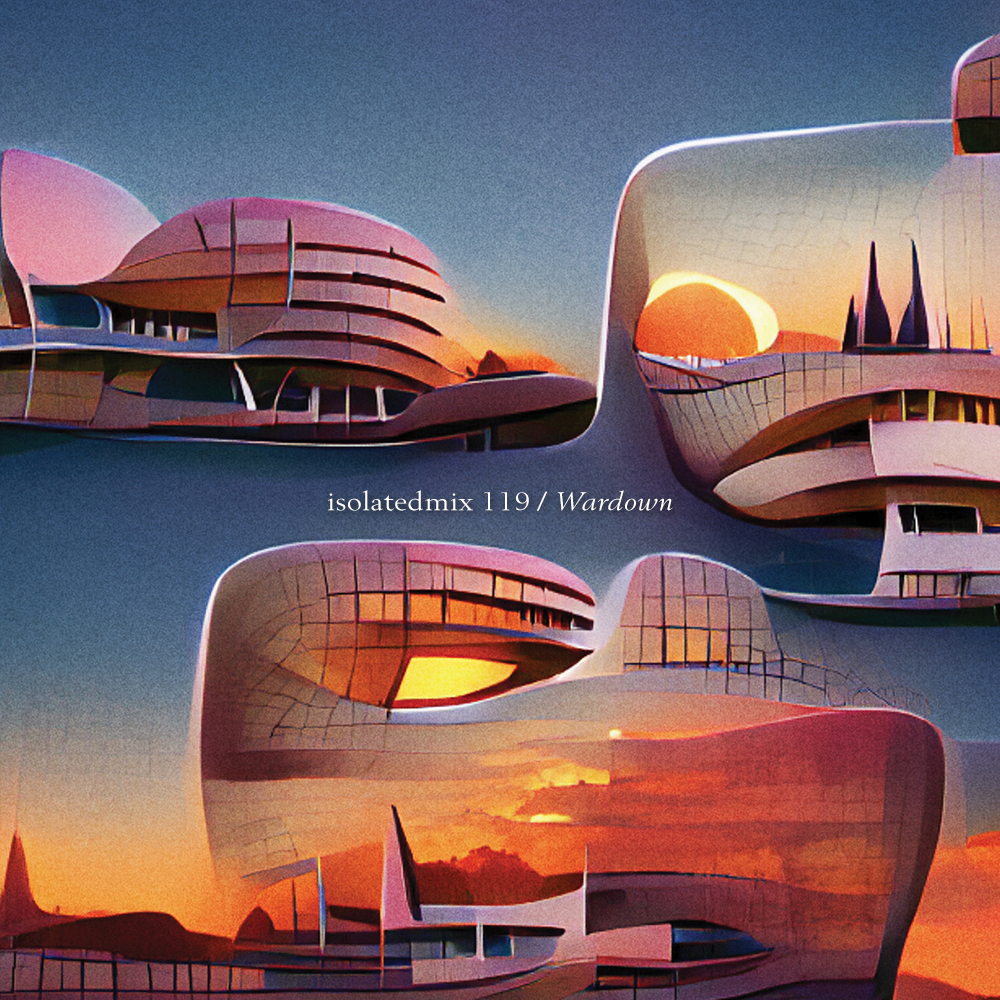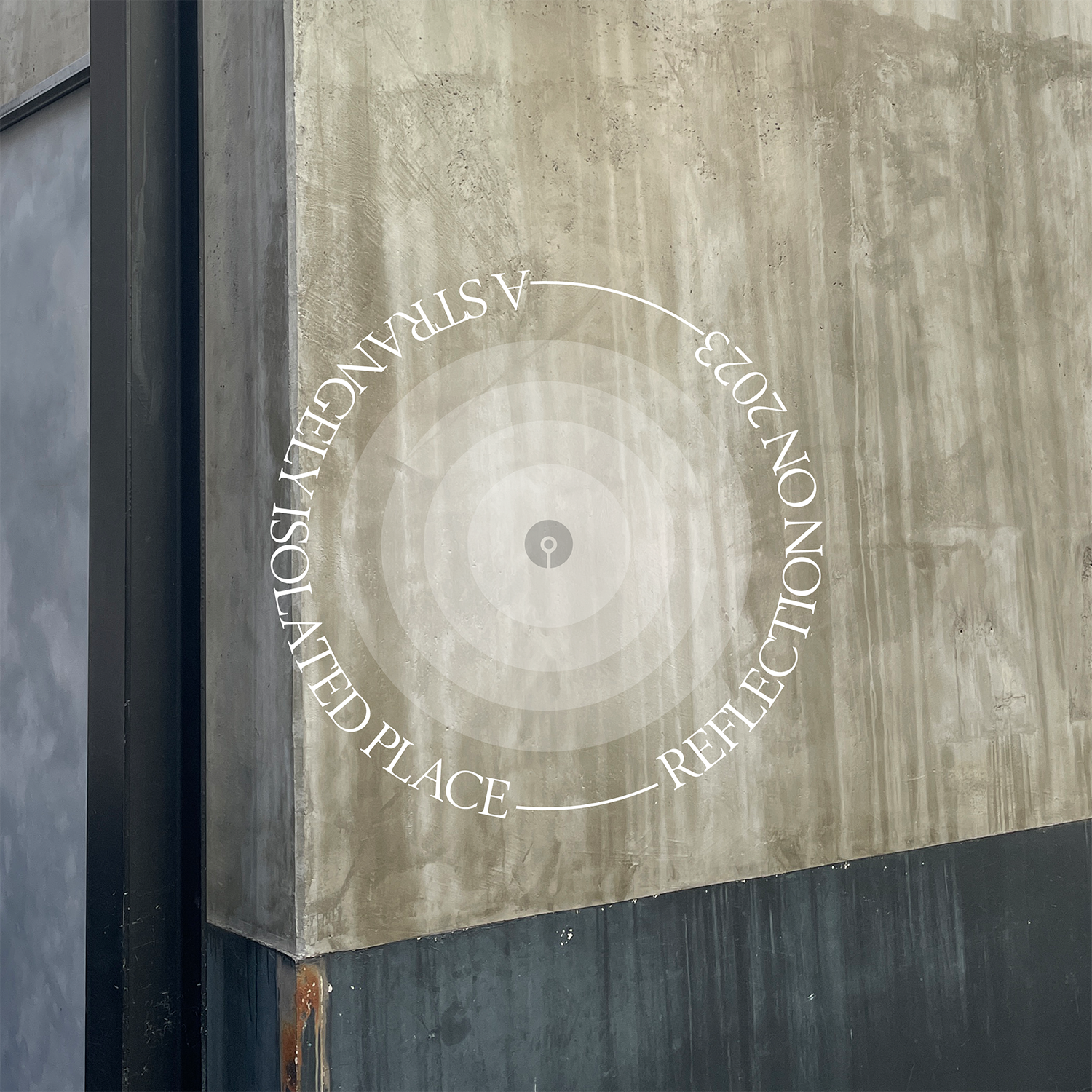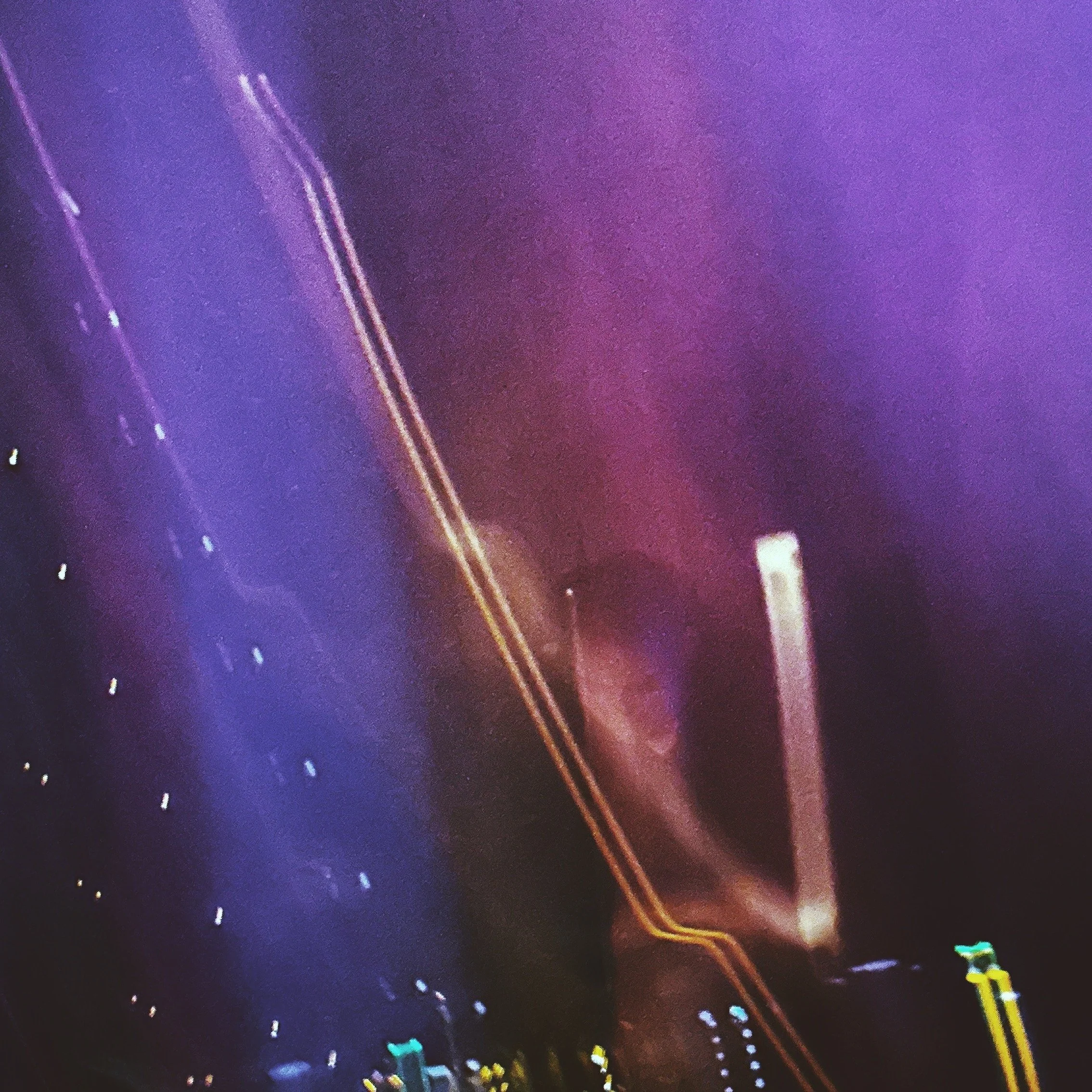We’re entering a busy half of the year for the label, and while we don’t always use the isolatedmix series to help tee up what’s in store, Alex Albrecht also happens to be a brilliant selector and curator of many great mixes over the years.
Yes, you did read that right, Alex will soon be gracing ASIP with a new release, to be announced in full very shortly and available at the end of September. We had hoped to get this mix out a little earlier in the year but life got in the way for us both, and after a small trip to Japan recently, Alex was able to get some answers down to a few of my questions in anticipation for his awaited release here on ASIP.
~
It's been interesting to see how you've created a very unique style and approach between your own project, with Sean as Albrecht La'Brooy and under the Melquíades guise. How would you describe the differences between them all?
I originally created the Melquiades alias as a way to separate club/dancefloor music from more downtempo/ambient productions under my own name. The music I now produce under Alex Albrecht incorporates all sorts of sounds and influences and in my development, I don’t now see a reason to differentiate.
Campfire Stories was quite the debut album, and received such a great reception it seems. It combined lovely atmospheres and house elements, with downtempo and instrumental (even jazz). How are your albums born usually?
My albums are usually created through my field recordings and recent experiences. I generally take recordings and loop/manipulate them to create a canvas and use that as the inspiration for each new track. When I see a larger album coming together I try to identify gaps in the concept and fill it with new productions.
Your own label imprint, Analogue Attic was home to much of your early work and continues to host some of your music alongside others. How did the label aspect come about?
The label was definitely created as a way to release our own music but very quickly became a medium to put out music from our friends and influences. The ambition has always been to showcase ambient music specifically made in Australia. We also hope to showcase music that does not generally conform to current trends in the global electronic scene.
As mentioned already, your music is rich with field recordings and vivid instrumentation. What does your studio setup consist of usually? And what elements have remained a constant?
My studio has been very consistent throughout the last 6 or 7 years. It has a Nord A1R, A Blofeld, a few Yamaha digital pianos, and some eventide effect pedals. Of course, there is also the Sony PCM A10 recorder which is really an incredible piece of tech.
If your label (Analogue Attic) is any indication, the output and potential of producers in Australia seem very rich and fertile - is this true? How would you describe the "scene" for this type of music where you are?
I’d have to agree – it is certainly a fertile scene in Aus with amazing music being produced around the country. There are many artists blending strong musical themes and elements with electronic elements and many gigs/shows aim to push boundaries and do something out of the ordinary.
Your isolated mix captures your sound very well and includes a variety of styles and influences, what was your approach?
I am often commuting to work by bike and love an interesting, hypnotic mix to push me along. I have been listening to ASIP mixes for years and was compelled to dive deep into my old libraries to capture some of the nostalgia that I feel with the earliest memories of ASIP. I brought a few of these into the picture with Dousk, John Beltran, BOC and Jesse Somfay (among others) and was also really happy with how well they’ve stood the test of time.
Other than ahem, a pretty special record dropping here on ASIP soon, what can we expect from you for the remainder of 2023?
It’s unclear for now but I’m always making music and searching for inspiration. I have a huge collection of field recordings from Japan so will be surely using these in the short term to see what it inspires.
~
Stay tuned for news of Alex’s album on ASIP set to be announced very soon, and available at the end of the month.
Listen on Soundcloud the ASIP Podcast or the (new!) 9128.live app
Tracklist:
01. IMPS - Heaven and Bagpipes
02. O.S.S - Bianga
03. Sense - Rain 5
04. Marow - Tsih
05. Jesse Somfay - Tomorrow's Yesterday is Today
06. Cyan341 - Pattern4
07. Alex Albrecht - Forest Dance
08. Castel - Estrel
09. Remote - Public Service
10. John Beltran - Gutaris Breeze
11. HOLOVR - Outer Time
12. The Phantasy - Love Will See Us Through
13. Ariet - Shaman's Heart (Polygonia Remix)
14. Boards of Canada - Amo Bishop Roden
15. Dousk - Sidewalk Lovin
Alex Albrecht | Bandcamp | Instagram | Soundcloud
